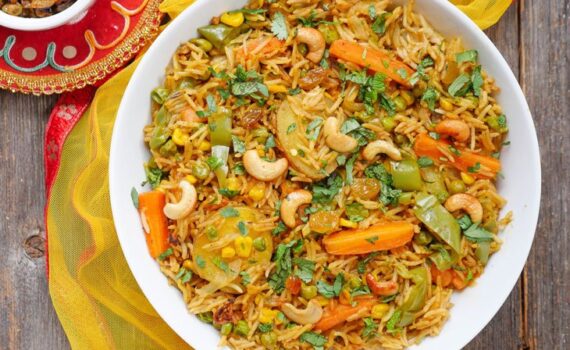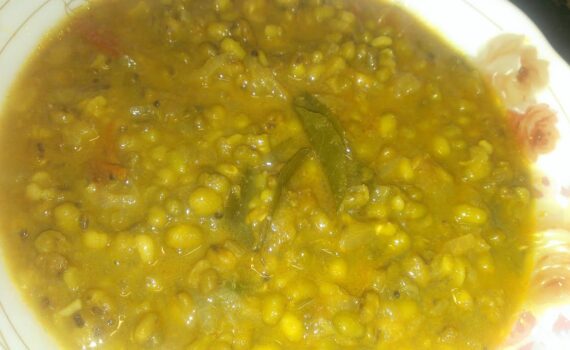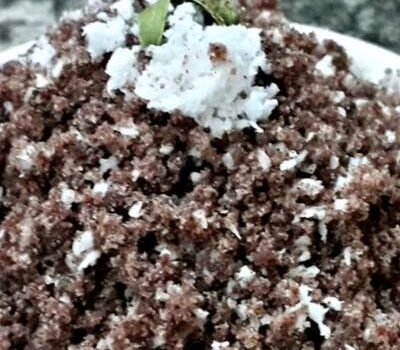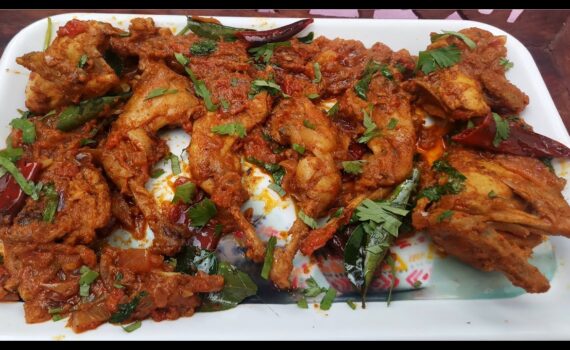If you search the keyword “Benefits of Investing in Real Estate” on the internet, you will get almost 180,000,000 results.
Clearly, many individuals are interested in investing in real estate nowadays, and who can blame them?
Given all that is going on in the world today, it is easy to see why so many investors are considering investing in real estate rather than a market that can swing from bull to bear and back again in the blink of an eye.
Here are 12 of the most important reasons why so many people today believe real estate is the best investment available:
1. Monthly passive income
Monthly passive income is comparable to dividend-paying equities, but rental real estate generates significantly higher cash flow. When you invest in turnkey rental property and engage a local property manager to handle the day-to-day details, your time is limited to monthly performance reviews with your manager – and depositing your monthly profits.
2. Increased equity from appreciation
Since 1965, housing prices in the United States have continually risen, with only one brief correction in 2008, when the Global Financial Crisis struck. According to the Federal Reserve, the median sales price of a house has increased from $165,300 to $327,100 (as of Q1 2020), a roughly 98 percent rise over the last 20 years.
3. Use leverage to boost returns
Many real estate investors employ a conservative LTV of 75 percent (25 percent down payment and 75 percent mortgage) to enhance income flows dramatically while diversifying and growing a rental property portfolio. Leverage allows you to use OPM (other people’s money) to raise your ROI and cash-on-cash returns, increasing your wealth year after year.
4. Direct control of investments
When you invest in the market, you are placing money in the hands of strangers. ETF, mutual fund, and REIT managers have no idea who you are and may be more interested in their take-home pay than in your best interests. Investing in real estate, on the other hand, allows you unlimited choice over how, when, and where you invest. Investing in property Karaikudi is the finest spot
5. Hedge against market volatility
According to a recent MarketWatch storey, there is only approximately a 40% link between real estate and during a bad market. When assets have a low correlation, they are less likely to rise and fall at the same time, which is why real estate is sometimes suggested as a hedge against market volatility.
6. Inflation hedge
Real estate, in addition to being a hedge against a bear market, has historically been a hedge against inflation. While the overall inflation rate has been around 37.4 percent over the last 20 years, housing prices have climbed by nearly 98 percent during the same time period.
Real estate investors profit from more than just an increase in market value. Yearly rent increases of 3% or more are the norm in most markets, helping to keep rental income cash flows in line with the annual rate of inflation.
7. Deductible business expenses
Leasing and management fees, repairs and upkeep, property taxes, and mortgage interest expense are all fully deductible costs of owning real estate. When the suitable rental property is purchased with conservative leverage, the tenant’s monthly cash flow covers for these operating expenses while leaving excess money as net income.
8. Tax benefits like depreciation
The IRS allows real estate investors to deduct non-cash depreciation from their taxable income. Over a period of 27.5 years, you can deduct 3.636 percent of the value of the property (excluding the land) from your taxable net income. Depreciation is one of the reasons why many real estate owners are extremely affluent while paying virtually no income tax.
9. Section 1031 exchange to defer capital gains tax
The tax code in the United States is very favourable to real estate investors. Aside from deducting business operating expenditures and depreciation to reduce your taxable net income, you can also use a Section 1031 exchange to postpone paying capital gains tax.
By using a 1031 exchange to sell one investment property and replace it with another, you will have more capital to invest in real estate rather than donating it to the government.
10. Self-directed IRA for real estate
According to the Federal Reserve, the average retirement plan balance for families in the top half of the income distribution ranges from over $250,000 to approximately $650,000. Given the current state of the market, it’s simple to see why more people want to take control of their money. By establishing a self-directed IRA, you can use your retirement plan to invest in real estate while preserving the same tax benefits as standard IRAs and 401(k)s.
11. Invest when and where you want
Real estate investing is a numbers game. The more bids you make, the better your chances of finding a seller who accepts. And the more thoroughly you investigate potential deals, the better your property’s financial performance will be.
When you have an investing strategy to follow and an end goal in mind, it is easier to pick and choose. While you should avoid ‘analysis paralysis,’ there is no reason to jump at the first deal that comes your way. Wait for a chance that makes sense, then seize it by closing the deal.
12. Build your own business
The real estate industry has one of the lowest entry barriers. It’s one of the simplest businesses to start since you don’t have to spend a lot of money on a storefront, salaried personnel, or inventory that doesn’t generate income until it’s sold.
In fact, there are at least eight different ways to invest in real estate with $20,000. (or even less). Furthermore, as you create your own real estate firm, you will be contributing back to the communities in which you work.
Hiring local contractors and property managers stimulates the economy, rental property provides much-needed housing for the community, and volunteering for charities is a terrific opportunity to let people know who you are and what you do.









